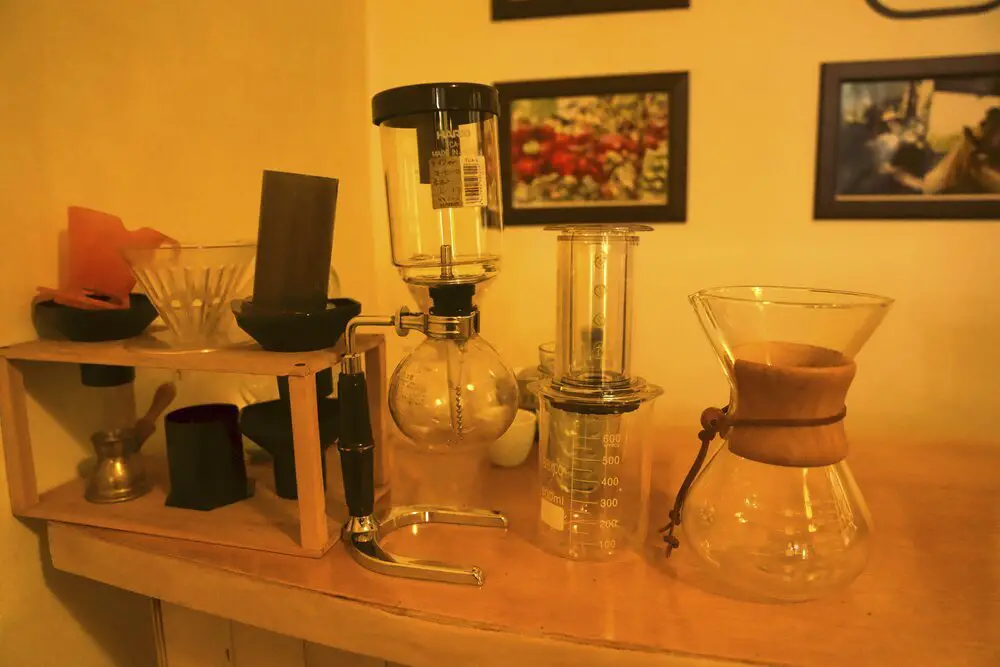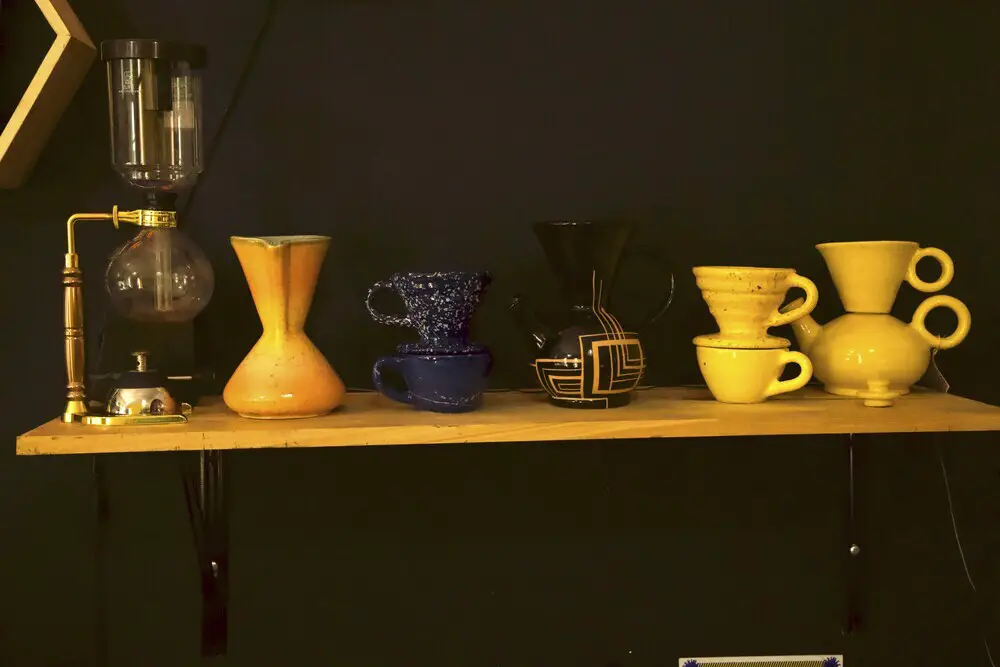Grecas are used less in Europe and North America, but are used extensively in Colombia. Grecas can be powered by either electricity or gas.
Table of Contents
What is a Greca?
Coffee is a tradition in Colombia, so much so that this country has its own version of a coffee pot. The Greca is a stainless-steel coffee maker originally from Italy and introduced to Latin America and especially Colombia with some modifications.
Put simply, the Greca is a product with two tanks, one with water and one empty, in which the water rises and the coffee is mixed by pressure difference.
Parts of the Greca
- Tanks, one outside and one inside.
- A separate opening or nozzle into which the liquid from the outer tank can be poured.
- Pressure gauges showing both the water level and the pressure (bar) inside the tank.
- Taps used to pour the brewed coffee.
This is broadly what is known as Greca. There are models where certain things change, such as B. the layout, the airtight lids and the funnels.
The different types of Grecas
Gas Greca
These pots are available in different sizes from 15 to 120 cups. The product has a connection for natural gas or propane and some kind of burner at the base with an industrial burner. In addition, the flame size can be adjusted with a knob or controller.
Advantages of Gas Greca
- It is economical: using natural gas usually costs less than electricity.
- It is fast: The burner and the flame allow the boiling point to be reached more quickly and efficiently.
- It doesn’t need electricity.
- Less maintenance: The gas connection system is simpler and requires less maintenance.
Disadvantages of Gas Greca
- A greca is not very mobile: a greca must be close to the gas connection unless a gas tank is used.
- Propane: This type of fuel tends to be more expensive.
- Tightness: Gas connection systems can leak, which is also dangerous. Both because of the risk of explosion and because of the risk of inhalation.
- Ventilation: It is important that the place where gas is located, whether it is propane or natural gas, is properly ventilated.
Electric Grecas
Electric Grecas come in sizes from 15 to 120 cups. It comes with a heavy duty 110-volt power cord (some units can also run on 220 volts but these are limited).
Advantages of the electric Greca
- It is mobile: It does not need a fixed place, but can be plugged into any socket. However, make sure that the space is optimal.
- Greater safety: Since no gas is used, the risk is reduced.
Disadvantages of the electric Greca
- Higher Cost: Electric grecas are generally more expensive to run than gas grecas.
- Slower Speed: The electric Greca takes longer to reach boiling point, so your coffee will take a few minutes longer to finish brewing.
- Dependence on electricity: Any disturbance in the flow of electricity can affect your coffee production or the machine itself.
- Maintenance: Electrical components should be maintained regularly.
Mixed Grecas
In this case, the sizes are the same, but since they run on both gas and electricity, usage is more demanding and it is recommended to use the larger sizes. Basically, it is a combination of the previous two models, incorporating both the burner with gas connection, either natural gas or propane, and the high energy cable.
Benefits of Mixed Greca
- She’s fast.
- She doesn’t need light.
- You don’t need gas.
- she is mobile
Disadvantages of the Greca Mixta
- High Cost: The product itself is already significantly more expensive than the above two.
- leaks.
- Requires a ventilated location.
- Difficult.
- More maintenance.


